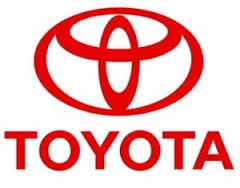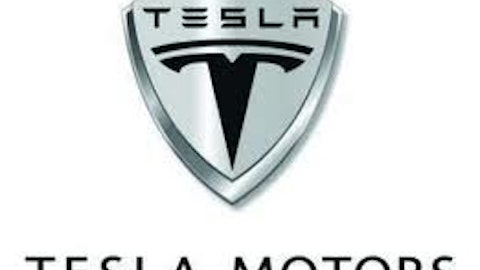An aging workforce, soaring public debt, and an economy that has been stagnant for more than two decades–does that sound like the place you want to invest?
It might be if you’re a believer in Abenomics.
After resigning from office in 2007, Shinzo Abe returned as Japan’s Prime Minister with a bold new economic plan consisting of three “arrows”:
1. Print Money – Force the Bank of Japan into monetary easing to target a 2% inflation rate.
2. Spend Money – Begin new deficit-financed public works projects.
3. Structural Reforms – A series of policies geared at eliminating tariffs and other barriers to trade, as well as encouraging innovation.
While some fear that Abenomics will lead to an eventual rise in interest rates, triggering a Greece-esque debt crisis, most agree that it will help to stimulate the economy and end Japan’s long deflationary cycle.
The Japanese market has already responded in anticipation of this new stimulus with the Nikkei 225 soaring over 30 percent since the election last December, and foreign investors becoming once again excited by the prospect of a revived Japanese economy. Japanese citizens are also bullish on Abenomics, with the once-disgraced Shinzo Abe enjoying a higher approval rating then each of the last 8 Prime Ministers.
With these new stimulus measures come new opportunities and potential risks. We will look at each of the three “arrows” to determine potential investment opportunities, and then we will analyze an alternative way to invest in the Japanese stock market.
Print Money
Towards the beginning of Abe’s term the new PM replaced the previous head of the Bank of Japan (BOJ) with Haruhiko Kuroda, a dovish economist who has long advocated for looser monetary policies and more inflationary measures from the BOJ.
Abe commissioned the new BOJ head with the goal of a 2% inflation target to help kickstart the economy.
By lowering the value of the Yen, Japanese exporters will benefit as their goods will become cheaper to consumers in other countries; this will also encourage savers to either spend or invest their money. Because Japan has an extremely high savings rate there is a lot of money sitting on the sidelines. As inflation picks up and savers begin to worry about inflation eating away at their purchasing power, many will spend money on goods or invest in the Japanese equity market. Both of these actions will further help to stimulate the economy.
With an increase in exports as well as a likely increase in domestic consumption, manufacturers are likely to do well.
Toyota Motor Corporation (ADR) (NYSE:TM) is one manufacturing company that is likely to benefit from Abenomics.
The company does not look cheap, trading at almost 16 times trailing twelve-month earnings, significantly higher than either Ford or GM. This higher multiple, however, is deserved given Toyota Motor Corporation (ADR) (NYSE:TM)’s higher growth expectations. Analysts are expecting $11.05 in earnings next year, giving Toyota a forward multiple of under 11 times earnings, and the weaker Yen should significantly help Toyota Motor Corporation (ADR) (NYSE:TM)’s ability to improve exports. With a boost in exports Toyota Motor Corporation (ADR) (NYSE:TM) should do well in the coming years.
Spend Money
The second of Abe’s three “arrows” is a short-term deficit-financed government spending plan.
The plan calls for a $117 billion stimulus package aimed at increasing disaster relief, public works, and defense.
The investment implications of this second arrow should be fairly obvious. Government contractors as well as companies that provide materials or services to government contractors will do well.
Mitsubishi Heavy Industries is Japan’s largest defense contractor and is involved in many different industries that will benefit from the first and second arrow of Abenomics. It has segments involved in aerospace, shipbuilding, nuclear energy and other industries that will benefit directly and indirectly from Abe’s stimulus spending.
The company, however, trades at over 43 times trailing twelve-month earnings, making it look extremely expensive. In order for the company to be a good investment, management needs to be able to grow their earnings significantly over the next couple of years. This is unlikely to happen. The company does not have a strong track record of growing earnings or revenues, and its large debt may be a drag on the company in the future. While Abenomics should help boost Mitsubishi Heavy Industries, it will be unlikely to do enough to justify the stocks current valuation.
Structural Reforms
The third and final arrow of Shinzo Abe’s plan is a series of structural reforms aimed at encouraging business creation and increasing Japanese business competitiveness. This includes cutting corporate taxes on money spent on R&D, decreasing regulation on M&A activity, eliminating many agricultural subsidies, and signing free trade agreements such as the Trans-Pacific Partnership.
In addition to these items, Abe also pledged to increase by half the amount spent on Japan’s electric industry over the next ten years, which could benefit some power companies.



